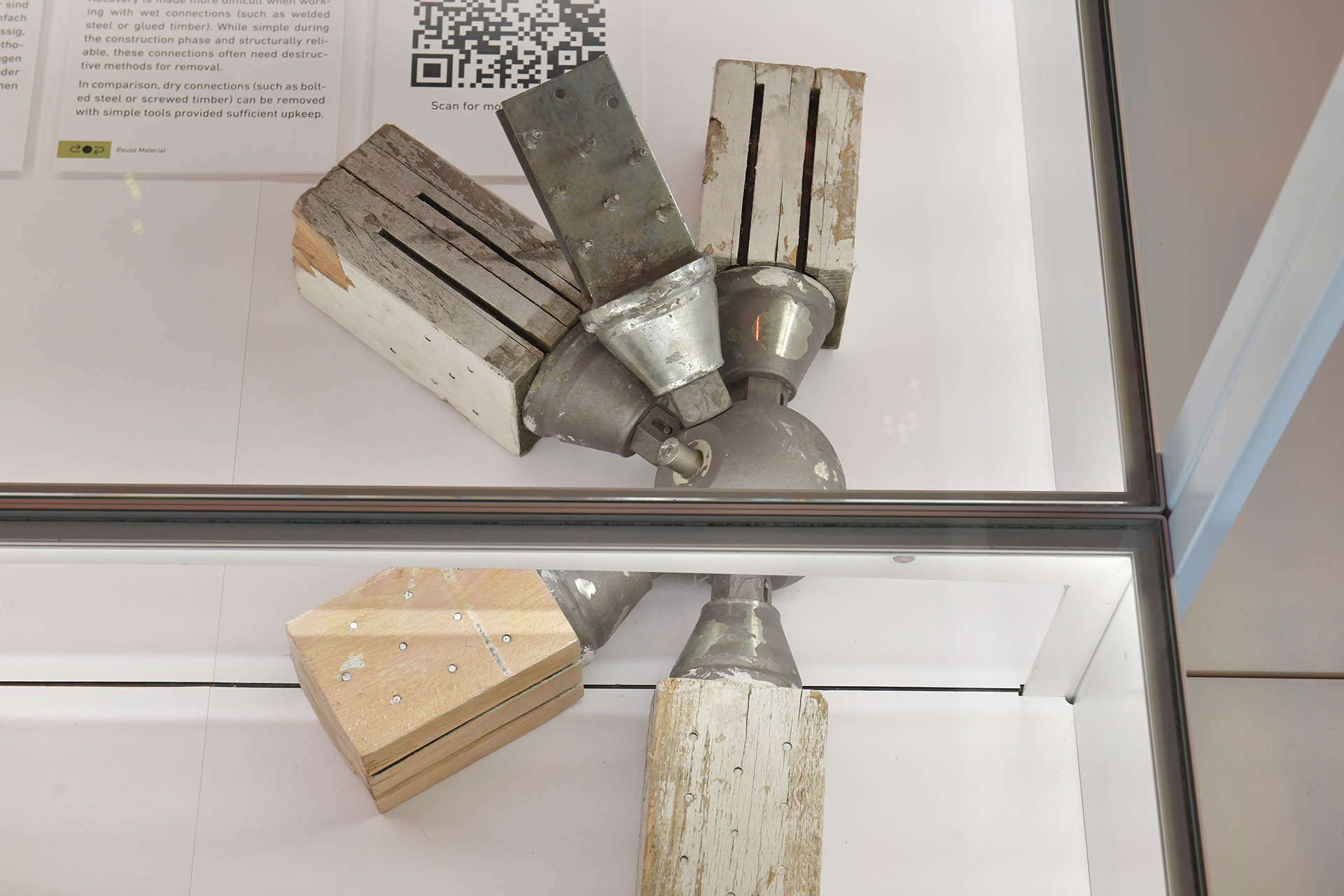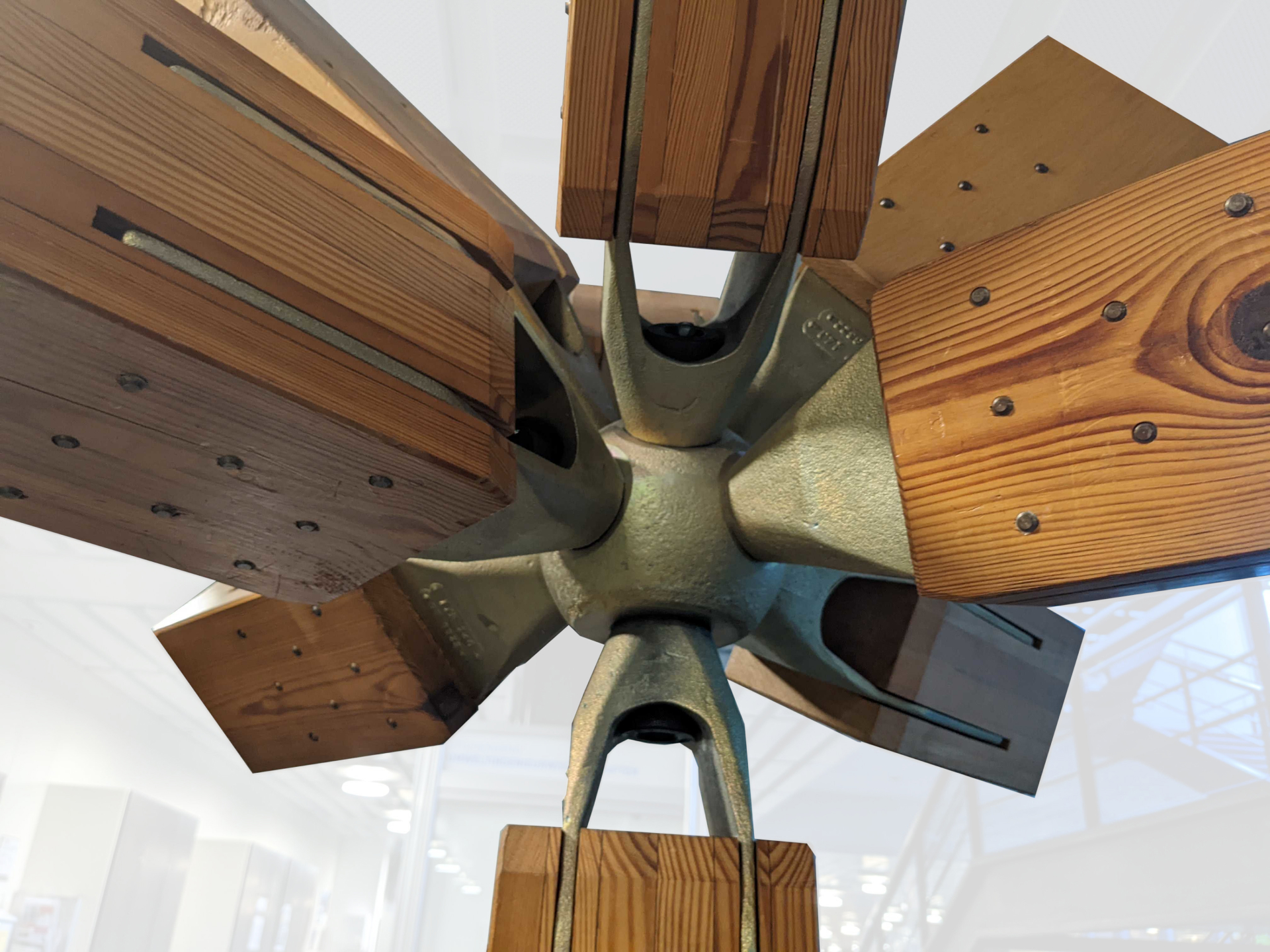Wet versus Dry

The act of disassembly is central to the process of reuse. The costs and future usability when removing an existing component determine its practicality for reuse. These factors depend on the original methods of connection. Recovery is made more difficult when working with wet connections (such as welded steel or glued timber). While simple during the construction phase and structurally reliable, these connections often need destructive methods for removal. In comparison, dry connections (such as bolted steel or screwed timber) can be removed with simple tools provided sufficient upkeep.

As most contemporary buildings are not designed with a limited lifespan in mind, their connections use permanent methods that utilise chemical or material alterations to provide structure. While these methods are simple at the time of construction and are structurally dependable, removal of components requires some amount of destructive methods and loss of material. The difficulty of destructive removal also varies across the materials, with timber being relatively easy to extract and reshape (with some loss of total structural potential), while concrete requires more specialised tools and more concern for its internal structure.

Dry connections generally rely on an external connector to connect components. At the most simple, this can entail nails or screws but can also include material- and project-specific connectors that may encode the design or be applicable for multiple designs. The flexibility of these systems, as well as their workability with common tools, is an additional layer of consideration to ensure materials are easily accessible in the future.